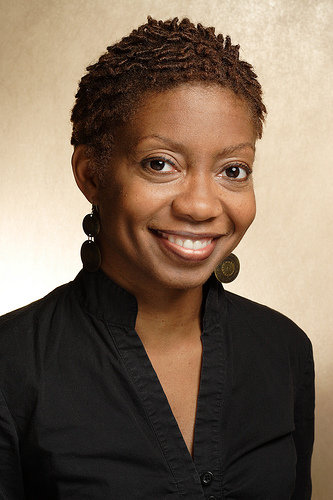Editor’s note: We are taking this week off to enjoy the holidays with our families. So this week, we’ll be re-running past posts. Today’s post is from DJTF digital intern Sadiyyah Rice, who writes on an innovative way Ohio University is benefitting Patch’s site consolidations. It originally ran on Oct. 16. Enjoy!
Hyper-local online news company Patch.com announced last month that several of its websites would be shut down or consolidated by October 15th. While those sites are undergoing these processes this week, Ohio University is looking to bring the hyper-local news structure into the educational sphere with impending web experiments.
Associate Dean for Innovation, Research/Creative Activity and Graduate Studies, Scripps College of Communication, Dr. Michelle Ferrier recently spoke with Patch editors of the closing and consolidating sites. While the editors are dismayed at losing their jobs there is a sense of hope and optimism that permeates with this group. AOL, which owns Patch, also seems to be rectifying their mistakes, Ferrier says.
“Patch editors have identified a couple of key points where AOL made certain business decisions and assumptions about the marketplace that may have been incorrect,” she says. “I think what Patch has learned is that doing hyper local online news is hard. There are costs associated with it and there are certain communities that are able to support those kinds of activities and others that are not. So they are regrouping through these layoffs to get back that core set of Patch sites that can be profitable by the end of the year.”
Of the possibility of Ohio University partnering with Patch to create new university–run hyper-local news sites, Dr. Ferrier says don’t rule it out.
“While Patch is soliciting commercial partners to be able to take on some of their sites, Ohio University and [I] are in active negotiations with them to try take on some of those low performing sites to build [a network] that is more of a non-profit, private-public partnership model that looks at building the investment of a community in its own communication vehicle,” Ferrier says.
“Our goal, “ Ferrier continued, “is to work with Patch to try and identify those communities for which a viable commercial media is impossible and then look at ways to partner with higher education entities and local government and local foundations to keep those site alive and to keep them fresh with news and information.”
Dr. Ferrier further explains that the new model will experiment with different styles of leadership which may include student-run, student-led sites or even former Patch employees teaching students community journalism through a university curriculum.
Though no tentative launch date has yet been set for this new model of online journalism, new life and hope is springing from Patch.
Sadiyyah Rice is the digital intern for the NABJ Digital Journalism Task Force, recording secretary for the Greater St. Louis Association of Black Journalists and video editor for Higher Education Channel Television (HEC-TV).






